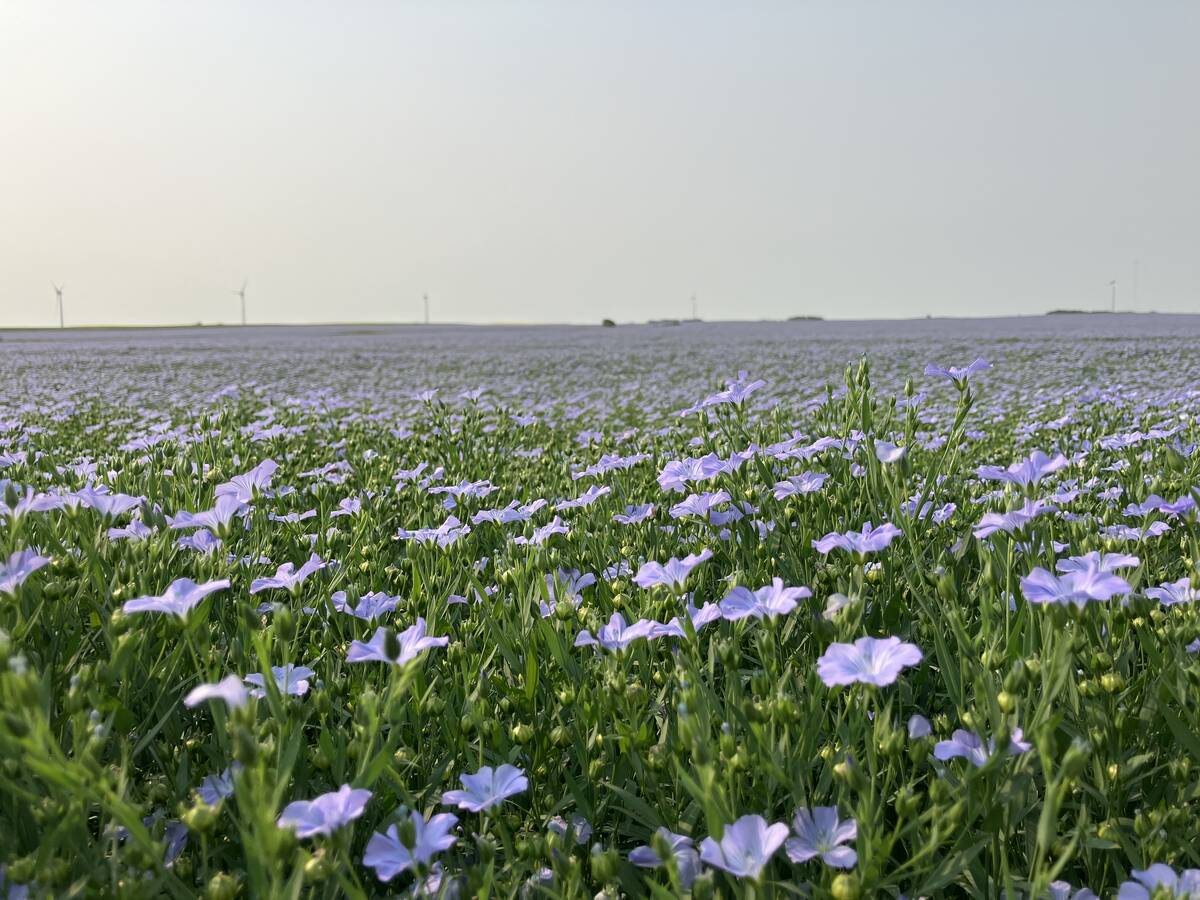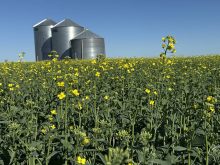Some farmers are looking at today’s edible bean prices and spurning the
much lower prices offered for the 2002 crop.
That’s understandable, but not wise, says Dennis Lange of Manitoba bean
buyer Parent Seeds.
“If you had asked me back in September, ‘should I keep holding my pinto
beans out for 40 cents (per pound),’ I would have said that there would
have been no chance the price would hit 40 cents,” Lange told producers
at Manitoba Ag Days.
Read Also

Huge Black Sea flax crop to provide stiff competition
Russia and Kazakhstan harvested huge flax crops and will be providing stiff competition in China and the EU.
“But we’re already at 38 cents.”
However, Lange said that if weather conditions produce an average crop
this summer, prices should drop to lower levels. That’s why it’s worth
taking steps to guarantee a decent price.
Buyers are now offering contract prices slightly above the five-year
average for beans. Producers should consider locking in some of their
production to pay for their costs so they can reduce their risk.
“You can pretty well get a contract for navy, black and pinto beans
around 25 cents a lb.,” said Lange.
“It’s a good place to begin with.”
The five-year average is about 23 cents per lb. for all three main
types of bean.
Lange said he expects prairie farmers to grow more beans this spring
because of this winter’s price spike, but it won’t be enough to
oversupply the market because many bean stocks have dwindled to almost
nothing.
By September there should be virtually no navy and black bean stocks on
the Prairies, and only tiny pinto stocks.
With average growing conditions, prices for the three main beans this
fall should hover at 23 to 24 cents per lb., Lange said.
But if there are production problems, beans could ride high again.
While some fortunate growers are getting 38 cents per lb. for pintos,
and received 45 to 50 cents per lb. for black beans, most producers
sold pintos last fall at between 27 and 32 cents per lb., navies for 28
to 33 cents per lb., and blacks for 36 to 40 cents per lb.
Lange urged growers to understand how difficult it is to grow some
types of edible beans.
Dark red kidney beans may offer a tantalizing price, but growing them
brings a lot of risks.
For the blacks, navies and pintos, Lange urged farmers to learn their
true cost of production, and to understand how apparently moderate
changes in yield or price can have a huge effect on profit.
Lange based the following calculations on paying $50 per acre for seed,
$30 for fertilizer, $70 for herbicide and fungicide, $52 for equipment
use, $55 for land rental and $12 for insurance.
A farmer who grows 1,500 lb. of beans per acre at 25 cents per lb. will
clear about $96.20 per acre.
If he only grows 1,200 lb. per acre at the same price, he’ll clear $21
per acre.
If he produces 1,600 lb., but has to sell them at 22 cents per lb.,
he’ll make $73 per acre.
“It doesn’t take very much to drop that return down,” Lange said.
“When you’re looking at growing beans for the first time or even if
you’re an expert grower, do this cost of production scheme and put some
realistic numbers in there and see if it’s going to pencil out for you.”
If a producer can’t make money from 25 cent beans, he should reconsider
growing them, Lange said.
Since that’s above the five-year average, a producer is taking a big
risk if he plants a crop he’ll lose money on in an average-priced year.

















